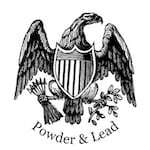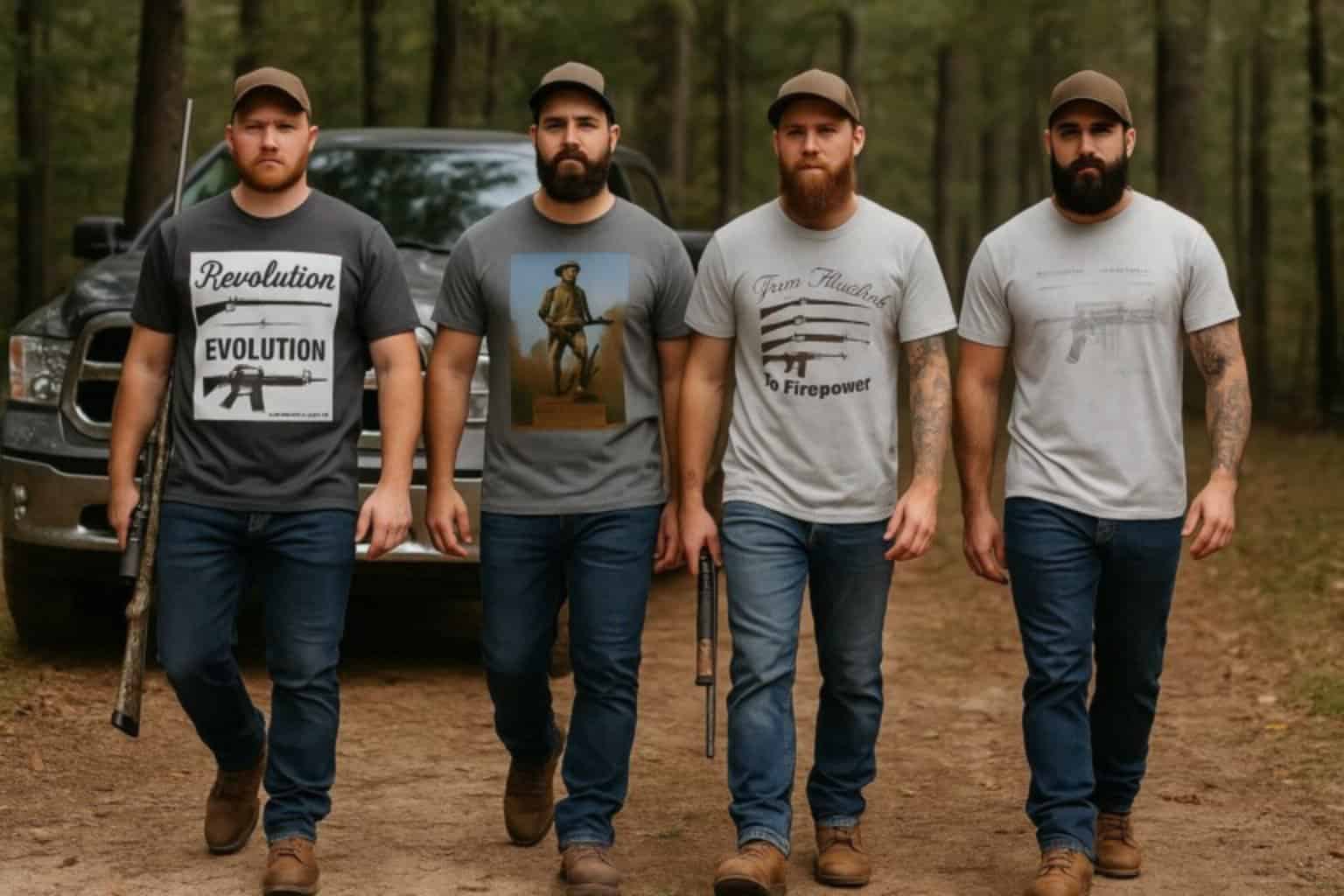
Introduction to the Baker Rifle
In the annals of military history, few weapons have earned a reputation as fearsome as the Baker Rifle. Crafted with meticulous precision and boasting remarkable accuracy, this firearm emerged as a game-changer during the Napoleonic Wars. Like a maestro wielding his baton, the Baker Rifle conductor transformed the art of warfare, leaving an indelible mark on the battlefield. Join us as we delve into the compelling tale of this remarkable weapon, its evolution, and its unparalleled impact.
A Legacy of Innovation
In the early 19th century, the British Army faced a daunting challenge. The traditional smoothbore musket, while effective at short ranges, proved ineffective against the French forces led by Napoleon Bonaparte. Recognizing the need for a revolutionary weapon, Captain Ezekiel Baker of the 95th Regiment of Foot set out to engineer a firearm that would redefine long-range combat.
Baker's stroke of genius lay in his design of a rifled barrel, which introduced spiral grooves inside the bore to impart a stabilizing spin on the bullet. This innovation drastically improved accuracy and extended effective range, setting the stage for a transformation in battlefield tactics.
A Weapon of Exceptional Precision
The Baker Rifle, also known as the Pattern 1800 Infantry Rifle, boasted a .625-caliber barrel that measured 30 inches in length. With its smoothbore muzzle, the weapon featured a unique three-groove rifling pattern with a 1:66 twist rate. This rifling gave the bullet a stabilizing spin as it left the barrel, greatly enhancing accuracy over longer ranges, up to 200-300 yards, as opposed to the typical 50-100 yards of a smoothbore musket.
The Baker Rifle's flintlock ignition system, though slower than the newer percussion cap system, added an air of reliability to the weapon. With a rate of fire of approximately three rounds per minute, the rifle required well-trained marksmen who could handle the complex loading process. However, the disciplined 95th Rifles, renowned for their expert marksmanship, proved the perfect candidates to wield this masterpiece.
The Baker Rifle was also lighter and shorter than the typical infantry musket, making it easier to handle, especially in rough terrain or in the skirmishing role that the rifle regiments were often assigned to. The rifle was equipped with a sword bayonet, a response to the shorter reach of the weapon compared to a musket with a traditional bayonet.
Battlefield Impact
The Baker Rifle first made its mark during the Peninsular War (1808-1814), where the British Army faced off against Napoleon's forces on the Iberian Peninsula. The rifle's exceptional accuracy and extended range provided British skirmishers, notably the famous "Riflemen" of the 95th Regiment, a significant advantage over their French counterparts.
The Baker Rifle's ability to engage targets accurately at ranges of up to 200 yards, almost double the effective range of the smoothbore musket, revolutionized military tactics. British riflemen targeted enemy officers and artillery crews, sowing confusion and destabilizing enemy lines. This targeted approach disrupted Napoleon's famed columns and changed the face of warfare.
The most notable users of the Baker Rifle were the 95th Regiment and the 5th Battalion, 60th Regiment of the British Army, famously known as the "Green Jackets". These Riflemen, as they were known, were specially trained in light infantry tactics and marksmanship, with an emphasis on individual initiative and self-reliance. This contrasted with the massed, close-order tactics and volley fire of the regular infantry.
During the Napoleonic Wars, the Baker Rifle proved instrumental in a number of key battles. At the Battle of Vimeiro (1808) and the Battle of Corunna (1809) during the Peninsular War, the riflemen were successful in skirmishing ahead of the main British lines, disrupting French movements and causing significant casualties. Later, at the Battle of Waterloo (1815), the Rifle regiments used their precision weapons to good effect, targeting French officers and artillery crews, creating confusion and turning back the French attacks.
However, the Baker Rifle was not without its drawbacks which led to unique tactics to compensate for it's shortcomings. It was slower to load than a smoothbore musket due to the tighter fit of the bullet in the rifled barrel, which could be a disadvantage in the face of a rapid enemy advance. The Rifle regiments were thus often used in conjunction with regular infantry, whose volleys could hold the enemy at bay while the riflemen picked off targets.
The Legacy Continues
While the Baker Rifle left an indelible imprint on the battlefield, it eventually made way for more modern firearms. The advent of the percussion cap system and the rifled musket, such as the famous British Enfield Rifle, signaled the end of the Baker's era. However, its legacy as a harbinger of precision and accuracy lived on.
The Baker Rifle's impact extended far beyond its service years. Its technological innovations influenced the development of subsequent rifles, ultimately shaping the course of firearms design. The quest for greater accuracy and longer effective range echoed throughout the ages, leading to the creation of some of the most iconic rifles in history.
Conclusion
The Baker Rifle, born from the visionary mind of Captain Ezekiel Baker, carved a unique path through the annals of military history. With its exceptional accuracy and extended range, this innovative firearm revolutionized the art of warfare during the Napoleonic Wars. As the British Army's answer to Napoleon's might, the Baker
Rifle set new standards for precision and lethality. Though its service years were limited, its influence continues to reverberate, forever etching its name in the pantheon of legendary weapons.
Join the conversation on this and many other historical rifles here.
If you know of any forums or sites that should be referenced on this listing, please let us know here.
This any many other fine historical firearms are covered in this highly recommended and extremely well researched and written book:





